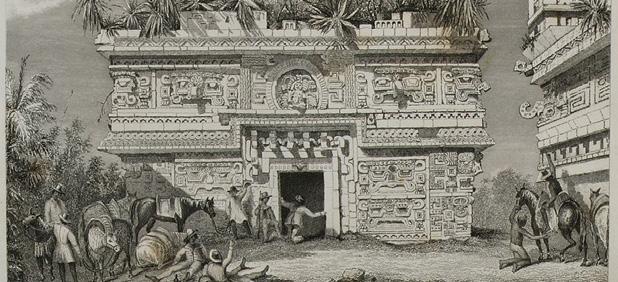
7 minute read
Maya Culture
John Lloyd Stephens el viajero e investigador de la cultura maya
El conocer y explorar las zonas arqueológicas de Yucatán de seguro te remontan a las épocas donde los mayas las habitaban y estaban en su máximo apogeo y esplendor como sociedad. Muchos historiadores y arqueólogos extranjeros se interesaron demasiado sobre la vida de estos indígenas, entre esos podemos mencionar a John Lloyd Stephens, un estudioso, escritor, viajero y explorador americano quien tuvo una destacada participación sobre la civilización maya, además de que en su visita a Yucatán escribió la obra “Incidentes de viaje en América Central, Chiapas y Yucatán” que fue traducido al español por el novelista e historiador Justo Sierra O’Reilly.
Advertisement
Graduado en la carrera de Derecho en la Universidad de Columbia, realizó varias expediciones en varias partes del mundo como Egipto, Rusia, Grecia, Polonia y por supuesto, Yucatán. El Presidente de los Estados Unidos, Martin van Buren, lo nombró embajador especial de América Central en 1839 tras desintegrarse a causa de una guerra civil cuando Lloyd se encontraba en dicho lugar. Su aventura inició en octubre del mismo año y se embarcó en dirección a Belice junto con su colega y arquitecto, Frederick Catherwood,
lamentablemente el último mencionado se enfermaría de malaria y tuvieron que regresar a Nueva York. Una vez recuperado Frederick, emprendieron de nueva cuenta un viaje a la región en 1841 rumbo a Copán, luego se dirigieron a Quiriguá para posteriormente dirigirse a tierras yucatecas y a Palenque. Su libro llamado “Incidentes de viaje en América Central, Chiapas y Yucatán” publicado en 1841, es una reseña en la cual narraba todo lo que le pasaba en su travesía y fue ilustrada con los dibujos de Catherwood. Los apuntes de Stephens rebasaron por mucho a la entonces información recopilada de las ciudades mesoamericanas. En 1842, Lloyd regresaría de nueva cuenta a Yucatán y publicó “Incidentes de viaje en Yucatán, Vols. 1 y 2” (1843).
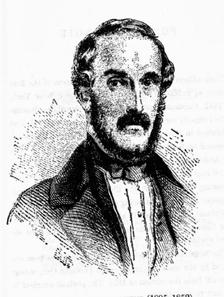
En 1854, era un pasajero del buque de vapor del Ártico que iba a cruzar por el Océano Atlántico de Liverpool rumbo a Nueva York. El 27 de septiembre de dicho año, a causa de la pésima visibilidad del barco chocó con el vapor francés “Vesta”, provocando el hundimiento del Ártico y desgraciadamente, muchas personas perdieron la vida por el accidente marítimo, incluyendo la de Frederick.
Editorial completa en Explore.mx
John Lloyd Stephens The Traveler and Researcher of Maya Culture
As you come to know and explore the archaeological zones of Yucatán, you are surely transported back to the times where the Maya inhabited this land and were at their peak and splendor as a society. Many foreign historians and archaeologists were also interested in the lives of the Maya. Among them John Lloyd Stephens, an American scholar, writer, traveler and explorer who had an outstanding participation on the Maya civilization, stand out with distinction. In addition to his visit to the Yucatán wrote the book, Incidents of Travel in Central America, Chiapas and Yucatán. The Yucatecan novelist and historian Justo Sierra O’Reilly translated the book into Spanish.
Stephens graduated from Columbia University with a law degree. He made several expeditions in various parts of the world such as Egypt, Russia, Greece, Poland, and, of course, Yucatán. American president Martin van Buren appointed him special ambassador of Central America in 1839 after the area was engulfed in civil war. On his diplomatic mission, Frederick Catherwood, an English colleague and architect, accompanied him. Their adventure began in October of that year, as they embarked in the direction of Belize. Catherwood, unfortunately, became ill with malaria and the men returned to New York. After he recovered, Stephens and Catherwood once again undertook a trip to the region in 1841. They traveled to Copán, then onward to Quiriguá, before heading to Palenque, and ultimately, the Yucatán. Incidents of Travel in Central America, Chiapas and Yucatán was published in 1841. It’s a travel narrative and social commentary on his adventures and misadventures on this journey. The book was illustrated with Catherwood’s drawings. Stephens’ notes far surpassed all other information about Mesoamerican cities then known. In 1842, Stephens returned to Yucatán. Then, in 1943, he published Travel Incidents in Yucatan, Vols. 1 and 2. In 1854, he was a passenger on the Arctic steamship that was to cross the Atlantic Ocean from Liverpool to New York. On September 27 of that year, due to the poor visibility, it collided with the French steam “Vesta”, causing the collapse of the Arctic and unfortunately, many people lost their lives due to the maritime accident, including that of Frederick.
For complete story, visit Explore.mx

GRAFITIS PARA CONCIENTIZAR Y APRECIAR LA RIQUEZA CULTURAL DE YUCATÁN
Arnold Daniel Cruz Cetina o mejor conocido como “Datoer”, es el autor de los fantásticos murales que han provocado sensación en las redes sociales por rendirle tributo a los héroes sin capa que en estos últimos tiempos ahora portan cubrebocas, caretas, guantes, batas y demás equipamiento médico.
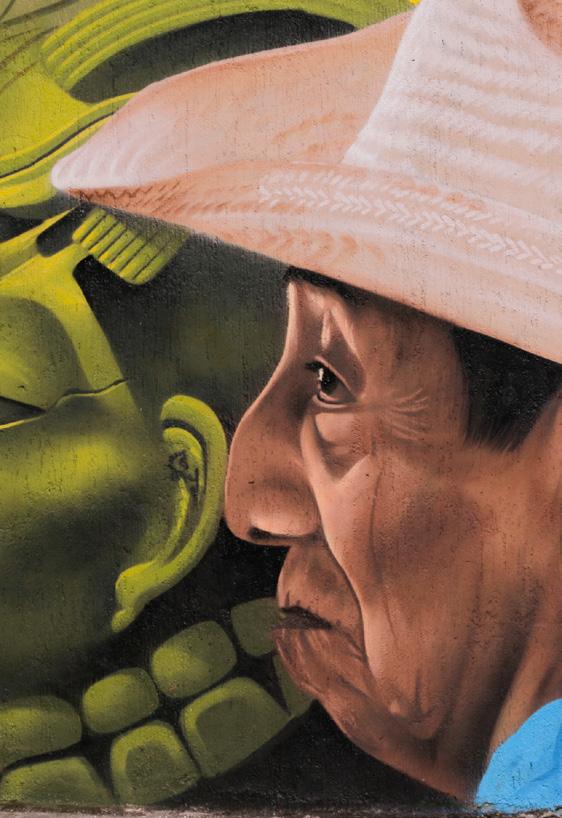
El origen de su nombre artístico o de su seudónimo nació al tener y querer un nuevo “tagg” (manera en que se le conoce a la firma del graffitero) y que se escuchara pegajoso a las personas. El tagg original es “Dato”, pero Arnold le agregó la “er” como significado del “one” porque ha aprendido que en la vida naces, creces y mueres solo. Entendió que “uno tiene que resolver sus problemas solo, ya que nadie lo hará por ti. A partir de ese entonces nació Datoer”.
El estilo en la que se especializa el muralista es en el hiperrealismo. Entre su portafolio detrabajo, se destacan sus murales de yucatecos.Nos comenta que “el logró su pinta con la técnica en aerosol para que llegue a ser cada día más cercano a una fotografía, este estilo, este estilo lo implementé a un nuevo proyecto que, gracias al apoyo y unión de ideas con mi esposa Sana, se crea el punto de graff que es pintar el hiperrealismo de la gente adulta (mayor) de los municipios que portan la belleza de las vestimentas regionales de Yucatán, ya que no solamente muestran un fragmento de nuestra cultura y tradiciones, sino que también realizo a fondos o murales con la técnica del punto de cruz, de esta manera logro un impacto
Fotografías: Pedro Hernández · DATOER
visual para la sociedad y que tomen consciencia de apreciar nuestra riqueza cultural y tradiciones”.
Su homenaje realizado a los médicos y enfermeros y reflejado en las representaciones fotográficas en los muros, surgió de la inspiración de ver a varios colegas del graffiti de otros Estados que aportaban su granito de arena al realizar murales con la temática de apoyo al sector de la salud.
Para más información sobre el artista Datoer @datoergs

DATOER GRAFFITI SERVES TO RAISE AWARENESS AND APPRECIATE THE CULTURAL WEALTH OF YUCATÁN
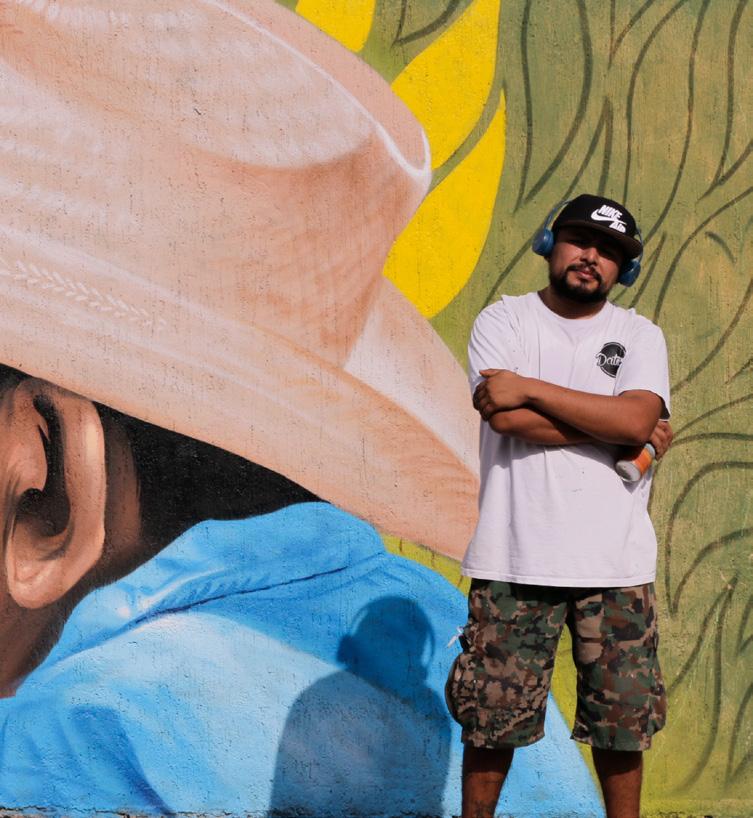
Arnold Daniel Cruz Cetina, better known as “Datoer,” is the creator of the fantastic murals that have caused a sensation on social media for paying tribute to the healthcare workers, heroes without capes who in recent times now wear masks, masks, gloves, robes, and other medical equipment.
The origin of his stage name, or his pseudonym, was born from and wanting to have a new “tag” (the way in which the graffiti artist’s signature is known) and making people listen to a catchy pseudonym. His original tag was “Data,” but Arnold added the “er,” meaning the “one,” because he has learned that in life you are born, grow, and die alone. He understood that “one has to solve his problems alone, since nobody will do it for you. From that moment on, Datoer was born ”.
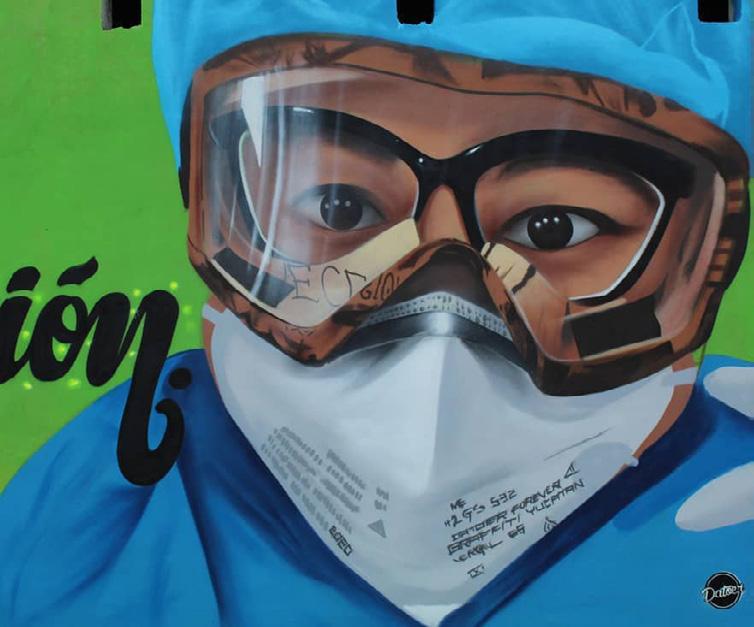
The style in which the muralist specializes is hyperrealism. Among his portfolio, his Yucatecan murals stand apart. He told us that “realizing that my spray painting becomes closer to a photograph every day, however, I implemented this style in a new project that, thanks to the support and union of ideas with my wife, Sana, became creative to the point in which is to paint the hyperrealism of the older people of the towns that carry the beauty of the regional costumes of Yucatan, since they not only show a fragment of our culture and traditions, but they also make backdrops or murals with the cross stitch technique, in this way I achieve a visual impact for society and that they become aware of appreciating our cultural wealth and traditions.”
His tribute to the doctors and nurses are reflected in the representations of photographs on the walls, arose from the inspiration of seeing several other graffiti artists from other States who painted murals in support of healthcare workers.






